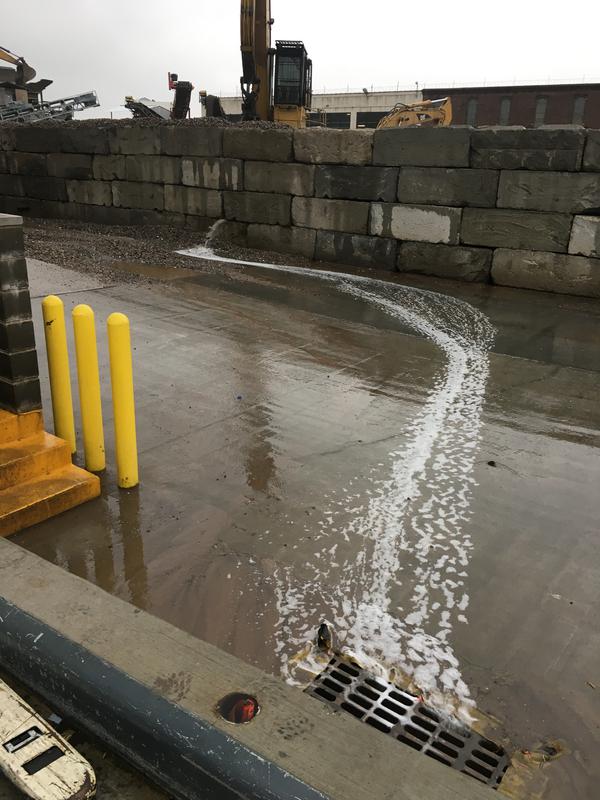
New GP (GP-0-20-001) for Construction Activities Issued January 28, 2020
The New York State Department of Environmental Conservation (NYSDEC or Department) issued a new State Pollutant Discharge Elimination System (SPDES) General Permit for Stormwater Discharges from Construction Activity (GP-0-20-001). The new permit has been effective...

DO YOU HAVE TO FILE A HAZARDOUS WASTE REPORT?
March 1st is the last day to file for the New York State Department of Environmental Conservation (NYSDEC) Hazardous Waste Reports. All hazardous waste reports must be either filed electronically in the American Resource Management website or, if on-line submission is...

Attention MS4’s: Plan Ahead for the June 1st Annual Report Deadline
As the new year begins, it’s that time again for municipalities to prepare the NYSDEC Municipal Separate Storm Sewer System (MS4) annual reports to meet the State’s June 1st deadline! This reporting requirement applies to municipalities covered by NYSDEC’s General...

MSGP (GP-0-17-004) Sampling, Inspection & Reporting Due
Do you currently hold a New York State Department of Environmental Conservation (NYSDEC or Department) stormwater pollution discharge elimination system (SPDES) Multi-Sector General Permits (MSGP) or need to obtain compliance under the General Permit GP-0-17-004?...

What you need to know about Riverkeeper & Baykeeper:
During the past several years, many industrial companies have been surprised by notices of violation (NOVs) and threats of law suits from the Riverkeeper Inc. and Raritan Baykeeper Inc. (d/b/a NY/NJ Baykeeper) represented by Super Law Group, LLC. These lawsuits are...

Stormwater Compliance Tips:
Is your facility required to be covered under a State Pollutant Discharge Elimination System (SPDES) multi-sector general permit (MSGP)? If your facility’s operations fall into one or more categories listed in 40 CFR 122.26(b)(14)(i-ix) and (xi) you will need to...

Do you Discharge into MS4? Do you need a SPDES permit?
Do you Discharge into MS4? Do you need a SPDES permit? A State Pollutant Discharge Elimination Permit (SPDES) is required to prevent harmful pollutants from being washed or dumped into MS4s or surface waters. A municipal Separate Storm Sewer System (MS4) is a system...

Industrial Stormwater Pollution in MS4 Areas
Industrial Stormwater Pollution in MS4 Areas It is illegal to discharge polluted stormwater to surface waterbodies. Many industrial business owners overlook their site’s potential to pollute surface waters because their stormwater drains to a municipal separate storm...

Did you complete your Semi-Annual Stormwater Sampling for MSGP (GP-0-17-004)?
Its SPDES Sampling Time of Year Again! This is a reminder for all holders of the New York State Department of Environmental Conservation (NYSDEC or Department) stormwater pollution discharge elimination system (SPDES) Multi-Sector General Permits (MSGP) or those who...

NYC DEP to Begin Inspecting Stormwater Runoff from NYC Businesses
The New York City Department of Environmental Protection (NYC DEP) is taking over the inspections and enforcement related to the New York State Department of Environmental Conservation’s (NYS DEC) Multi-Sector General Permit (MSGP) for Industrial Activities. In order...
